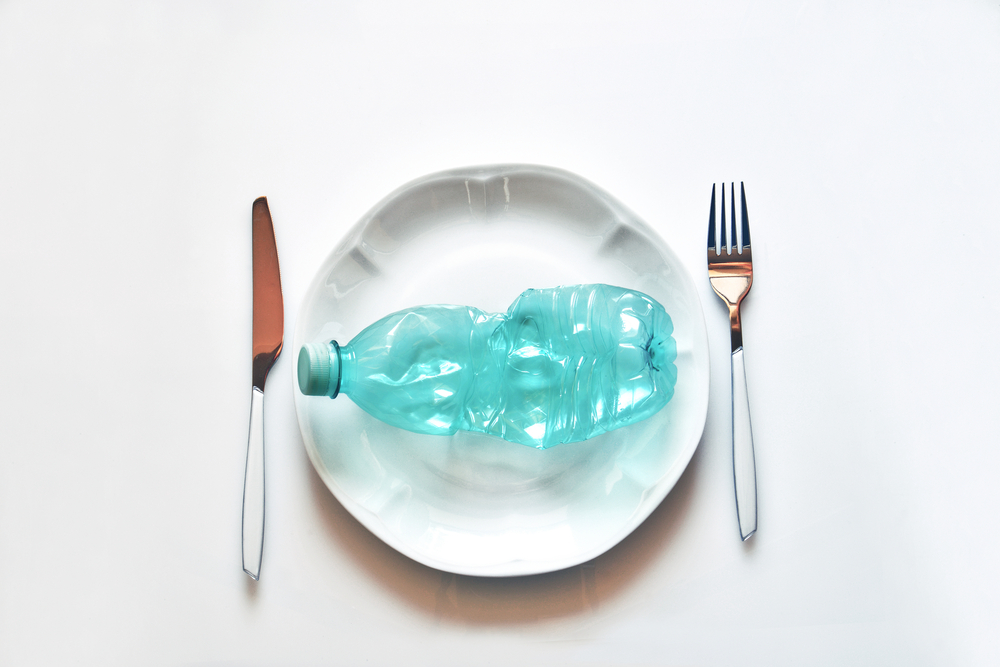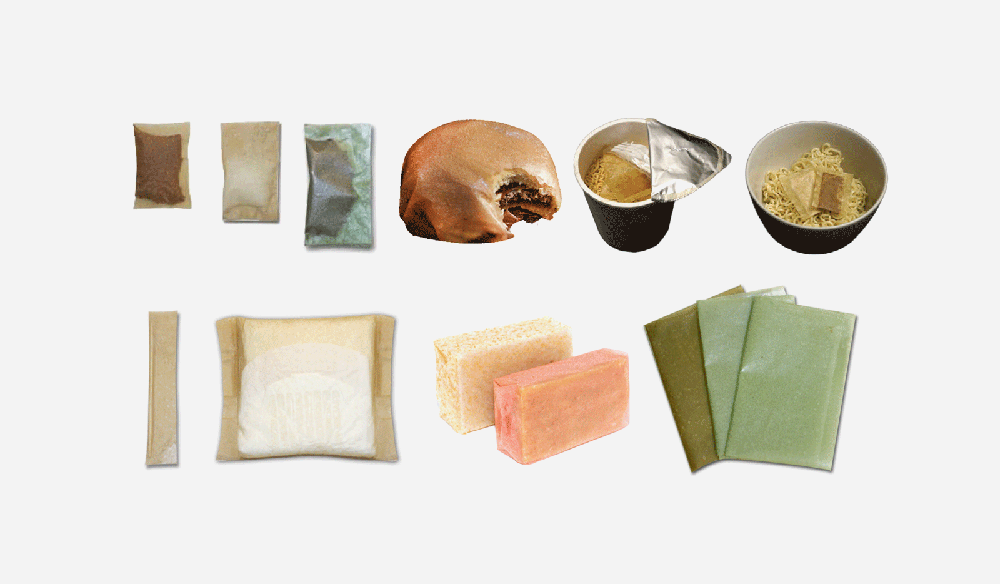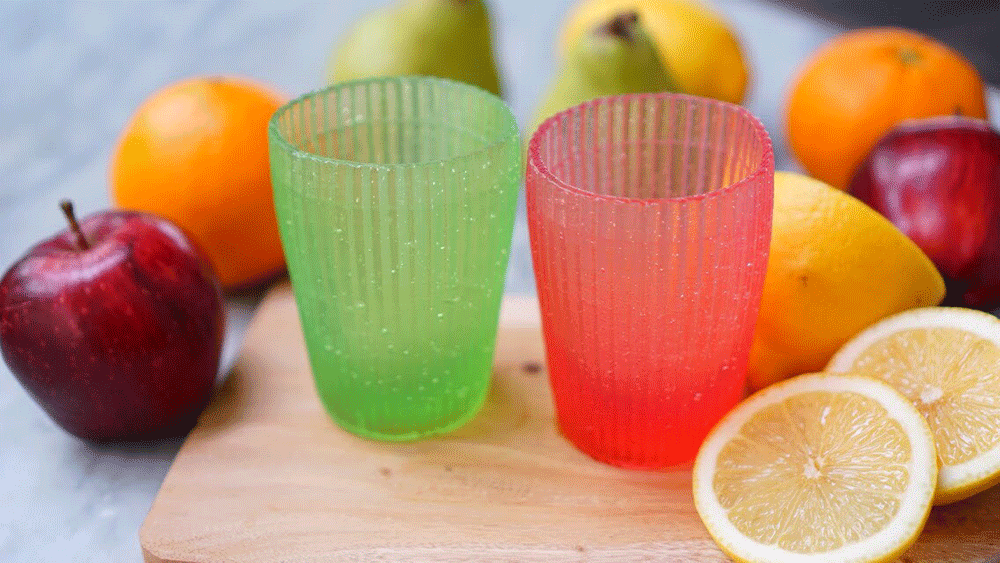
19 Mar Can Seaweed be the Answer to Our Plastic Problem?
While talking to my 94-year-old grandmother over the phone the other day, I mentioned the fact that I was doing some research about how seaweed may be key to providing a sustainable and eco-friendly alternative to plastic.
“That sounds wonderful,” she responded. “Because, even though I know it’s a big problem, I can’t see how we’d get by without plastic.”
While I hate to admit it, she is, of course, right. Plastic is annoyingly convenient and almost impossible to root out of our daily lives entirely.
Despite the consumer-driven global clampdown on single-use plastic, the demand for the commodity continues to grow. In fact, it is expected to double in the next 20 years, as plastic also forms an integral part of countless daily essentials – from cell phone components to life-saving medical devices.
This is also precisely why the production of bioplastics – plastic substances based on organic biomass rather than petroleum – are receiving a good deal of attention right now.
Current sources for these sorts of plastics include vegetable fats and oils, corn starch, straw, woodchips and food waste. But a number of researchers around the world have found that certain types of seaweed could be the most sustainable of all.
BIODEGRADABLE, COMPOSTABLE & BOI – CLEARING UP THE TERMS
Before we take a more in-depth look at the way in which these types of seaweed can be harnessed for the production of more eco-friendly plastics, it’s important that we first clear up any confusion that may exist around a few key terms.
With many companies currently looking into production of alternative types of plastic, there are three main terms that tend to be used interchangeably, but in fact, each signify very different things: biodegradable-, compostable- and bioplastics.
Here’s a quick definition of each:
BIODEGRADABLE PLASTICS
Biodegradable plastic is simply plastic that can be broken down at a molecular level through the actions of microorganisms and enzymes.
This type of plastic can be derived from renewable, raw materials (bioplastics) or from petrochemicals containing biodegradable additives which enhance biodegradation.
COMPOSTABLE PLASTICS
As the name suggests, these types of plastic can be broken down into carbon dioxide, water, and biomass. Importantly, they do not leave any toxic material behind and can serve as fertiliser for plants. Another thing to keep in mind – they won’t biodegrade in a landfill, because they need air, moisture and sunlight to break down properly.
BIOPLASTICS
“Bioplastics are biodegradable materials that come from renewable sources and can be used to reduce the problem of plastic waste that is suffocating the planet and contaminating the environment.” This succinct description from Sustainability for All really captures the essence of what bioplastics are all about.
WHAT KIND OF BIOPLASTICS ARE CURRENTLY BEING MADE?
There are currently two main processes for the production of bioplastics, also known as bio-based plastics.
According to National Geographic: “[They] can either be made by extracting sugar from plants like corn and sugarcane to convert into polylactic acids (PLAs), or… from polyhydroxyalkanoates (PHAs) engineered from microorganisms.”
PLA has become particularly popular for the production of packaging items that are both biodegradable and compostable.
The manufacture PLA products has proven to use 68% less energy than regular petroleum-based plastics, plus – subjected to the correct conditions – it can decompose into water and carbon dioxide within 47 to 90 days. This is four times faster than the average PET plastic bag.
IS BIOPLASTIC REALLY BETTER FOR THE ENVIRONMENT?
While the advantages of bioplastics as a more sustainable alternative to petroleum-derived plastics are clear, there are also unfortunately, a few drawbacks.
- The first and biggest concern that has been raised about the manufacture of bioplastics, PLAs in particular, is the fact that they seem to pose a direct threat to food security. The big question is: how can one justify agricultural land being diverted to the production of crops that will solely be used for the manufacture of bioplastic in a world where food is becoming increasingly scarce?
- Furthermore, cultivating crops for this purpose can end up being rather expensive, as the process will require fertilisers and chemicals.
- Apart from that, for bioplastics to break down successfully, they require specific conditions that are not always easy to create. This means that, should they end up in landfills, or even worse, the ocean, they will break down in a similar manner to petroleum-based plastic, leaving micro-sized residue that still poses a serious threat to marine life. This is a key fact that many consumers are not aware of – and think that using this alternative is a solution to the waste problem.
WHY SEAWEED MIGHT BE OUR BEST BET
It’s not all doom and gloom, however, as a number of recent studies have shown that certain types of seaweed could be used to create the bioplastics we’ve all been hoping for.
Firstly, it would not require investment in agriculture land, which solves the food security question.
Secondly, seaweed – including the types that have been studied – grows abundantly without the need for any expensive and possibly polluting fertilisers or chemicals.
TWO CASE STUDIES:
While a lot more research is required to get a fuller picture of all the pros and cons, the following two case studies provide some fascinating initial insights:
1. Wageningen University & Research
Researchers at Wageningen UR Food & Biobased Research recently managed to develop successful processes for refining two types of seaweed into bioplastics.
They extracted polylactic acid (PLA) from a type of sea lettuce (Ulva lactuca), which proved to be suitable as a raw material for, among other things, biobased soft drink bottles.
A type of red algae known as Gracilaria vermiculophylla, in turn, seems to provide polysaccharides that can be used to make things like plastic packaging film.
Once these possibilities had been discovered, the team of researchers – headed up by Sander van den Burg of LEI Wageningen UR – conducted a lifestyle assessment to establish how economically viable and eco-friendly they really are.
They mapped out the environmental impact of the entire production chain, from seaweed cultivation to the disposal of the end products.
By doing this at a relatively early stage, they were able to establish which “links in the chain have the greatest environmental impact” in order to work on improvements in a timely fashion.
One of their most exciting findings is that seaweed cultivation for the manufacturing of bioplastics proves to be very eco-friendly.
“Seaweed extracts nutrients directly from water,” Van den Burg said in an article on the Wageningen University website. “Unlike with the cultivation of maize or sugar beet, no polluting fertilisers are used. Furthermore, seaweed cultivation has relatively few negative effects on biodiversity. All of this makes seaweed a very interesting commodity.”
The biggest drawbacks proved to be, firstly, that for seaweed to become a viable option, cultivation would have to become a lot more efficient and secondly, finding a use for the residual products so as not to waste any part of the product.
“Let’s say you use 25% of the dry matter in the production of plastics – this still leaves around 75%. The challenge is to process the remainder – for example into animal feed – in a way that produces the highest possible quality,” said Van den Burg. “The upshot is that this amount no longer needs to be produced from other types of biomass. And seaweed has the great advantage of not requiring valuable agricultural land.”
2. Evoware
It seems fitting that the first start-up to be experimenting with seaweed-based packaging is located in Indonesia, the country with the second highest rate of plastic pollution in its oceans.
Using farmed seaweed free of chemicals, Evoware makes a range of seaweed-based, edible packaging that includes cups, food wraps and coffee sachets.
If you’re not keen on gobbling up the wrapper with your burger, these products dissolve in warm water and are 100% biodegradable, serving as a natural fertiliser for plants.
Being edible, you might wonder about the shelf life. Well, kept in a cool, dry place, they will last for up to two years!
Furthermore, Evoware also supports the local economy by sourcing their raw material from seaweed farmers, who often struggle to make a viable income.
If it all sounds a bit too good to be true, that’s probably because it is. For the time being, at least.
Currently, all Evoware’s products are made by hand in small batch, which means they simply cannot compete with large-scale plastic producers. This artisan approach also, of course, pushes the prices up.
While they have a long way to go in manufacturing products that can truly compete with plastic (or, maybe they prefer to stay a small-scale business, which is also fine), Evoware certainly seems to be blazing a promising trail.





No Comments